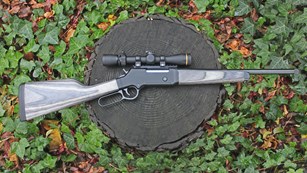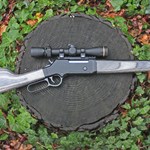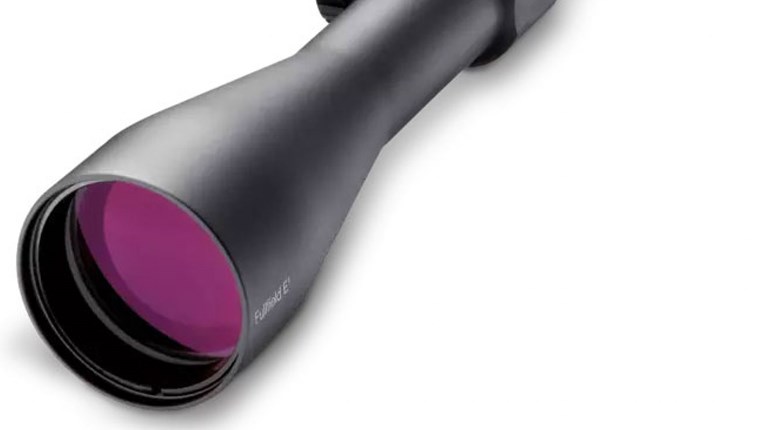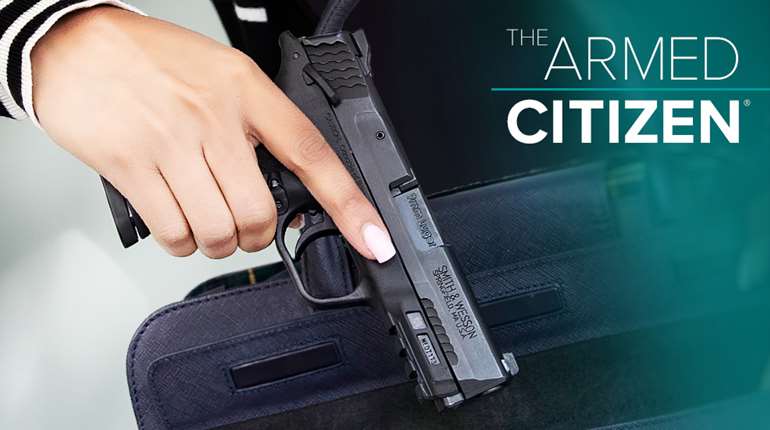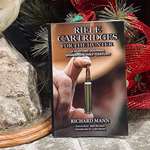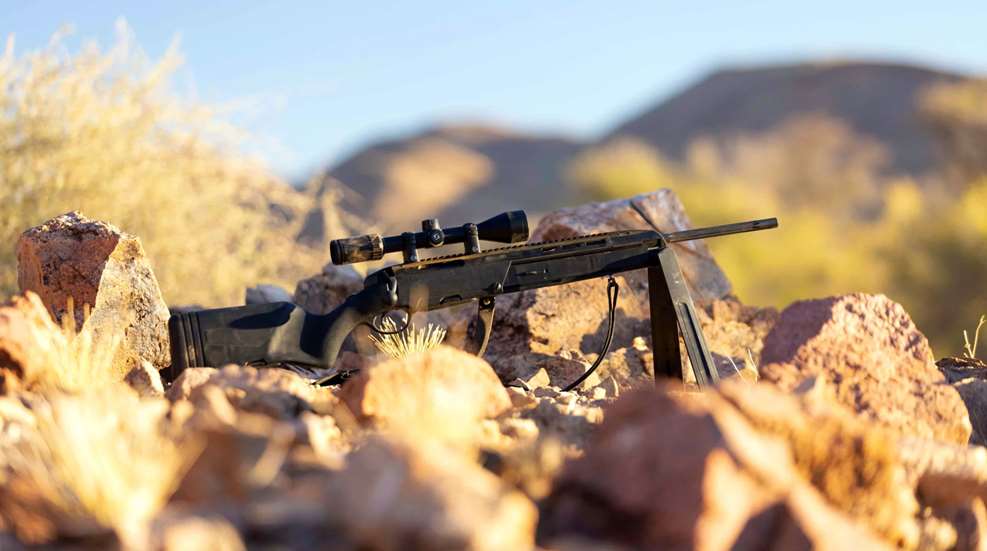
A scout rifle is perhaps the ultimate do-everything gun—it’s not a brand or a model, but a general concept describing a rifle with specific characteristics. The idea was to create a gun that almost any shooter could use to do almost anything passably well. It’s not a task-specific rifle, but a very generalized one.
The scout rifle concept was introduced by Colonel Jeff Cooper of Gunsite Academy fame in the early 1980s. Cooper wanted to create a Jack-of-all-trades gun that any single shooter could carry and use for hunting, sport or defense, and while he initially created a set of guidelines that would define this rifle, he continued to refine them over his lifetime—which is why you might see slightly different definitions and numbers in different articles.
The entire idea of the scout rifle was inspired by a military scout, a man who acted alone rather than as a member of a team. A scout doesn’t fight or shoot if he can avoid it, but if he is ever required to shoot, he must do so quickly and accurately and then disappear without engaging further—a hit-and-run style of combat. A scout covers long distances by himself, over a variety of rough terrain, so his rifle must be not only fast-handling and accurate to shoot, but also light and easy to carry. Cooper wanted his rifle to be “friendly” to use and set up to allow for excellent marksmanship from field-shooting positions. Because a scout never knew what situation he’d find himself in, the rifle needed to be very versatile, not specialized for a specific task, but able to do anything the scout might need it for. And it wasn’t personalized to the shooter, but rather set up for anyone to be able to use well.
To that end, Cooper laid out a set of guidelines that define his ideal scout rifle:
- It should be lightweight, less than 7 pounds, 11.45 ounces but ideally less than 6 pounds, 9.82 ounces—including the weight of the sling and the optic.
- It should be relatively short, no longer than 1 meter (39.4 inches).
- To keep it short, Cooper specified that the gun should be a short-action with a 19-inch barrel.
- The preferred cartridge is the versatile .308 Win, but Cooper considered the 7mm08 Rem and the .243 Win acceptable substitutes.
- To allow for fast shooting and maximum versatility, the rifle should be equipped with both a fixed, low-power scope mounted as low over the bore as possible, and axillary iron ghost-ring sights. The scope should ideally be mounted far enough forward to offer plenty of eye relief. This allows for maximum peripheral vision while shooting with both eyes open, so the shooter could keep an eye out for approaching enemies or predators.
- While Cooper never specified that a scout rifle should be a bolt-action, the rest of the world sort of adopted that point, and it’s now practically part of the definition, with a few exceptions on the market.
The trouble is, all of those qualifications add up to a surprisingly difficult gun to build. Maybe “difficult to build” isn’t exactly the right way to say that—it might be more like “difficult to build while resisting the urge to tweak the formula.” Richard Mann, who has perhaps researched and studied the scout rifle concept more than any other gunwriter today, says in an article on the subject that “the totality of the definition was so difficult to adhere to that those attempting the task would ultimately decide to forgo one or more of the requirements. So, what Cooper gave us was a blueprint for a rifle that was nearly impossible to create.”

Nearly all guns marketed as “scout rifles” today fall short of Cooper’s definition in at least one area. Some people (and manufacturers) go so far as to call any rifle with a low-power, forward-mounted scope a scout rifle. You can call it what you want, but if it’s heavy and/or long and/or chambered for a long-action cartridge, it doesn’t meet the true original definition of a scout rifle.
The other problem, if you can call it that, with the scout rifle is that no one really needs one, or at least one that adheres to Cooper’s definition. As Mann says, it “was crafted for a man and time that no longer exists.” How many of us are covering long distances on foot with our rifle, crawling with it through brush, and trying to maintain our peripheral vision while making extremely accurate snap shots on anything from enemy combatants to mountain lions? Moreover, how many of us are doing all of that and can only own one gun that must do it all?
No, most of us today prefer a specialized rifle. A true scout rifle isn’t ideal for anything—it’s not the best gun for deer hunting, the best gun for a military engagement, the best gun for home defense, or the best gun for plinking at the range. It does a decent job at all of those things, but if you’re going to do any one of those, these days, most of us would prefer to have a gun that’s really great at the specific task before us. We do likely own more than one rifle, but if we’re only going to own one, we’ll probably choose one that suits the task we do most often.
That’s not to say the idea behind the scout rifle is useless—far from it. The concept of a gun that’s easy to carry and can capably handle almost any task is a great one if we can relax Cooper’s rules a little bit and tweak the concept to suit our most frequent uses. For example, I do almost all my deer hunting over green fields in the South, where shots are often a few hundred yards. While a lightweight .308 might work well for me, if I were buying a do-it-all-but-mostly-deer-hunting gun, I might want a longer barrel or an optic with more magnification. Depending on what your primary use of the rifle will be, you might want it heavier, or in a different chambering, or with a longer barrel.
Tweaking any one of those characteristics makes a gun technically no longer a scout rifle by Cooper’s definition, but it will still suffice for most other general uses when needed—you can still defend yourself from a predator with a deer-hunting rifle, of course, or shoot a deer with a self-defense rifle if you needed to. And that’s OK. Maybe the best way to use the scout rifle concept in modern times is to take the idea of an all-purpose gun that any shooter can use and modify it a bit from “any random shooter” to you specifically, based on what you like and what you plan to do with it.










